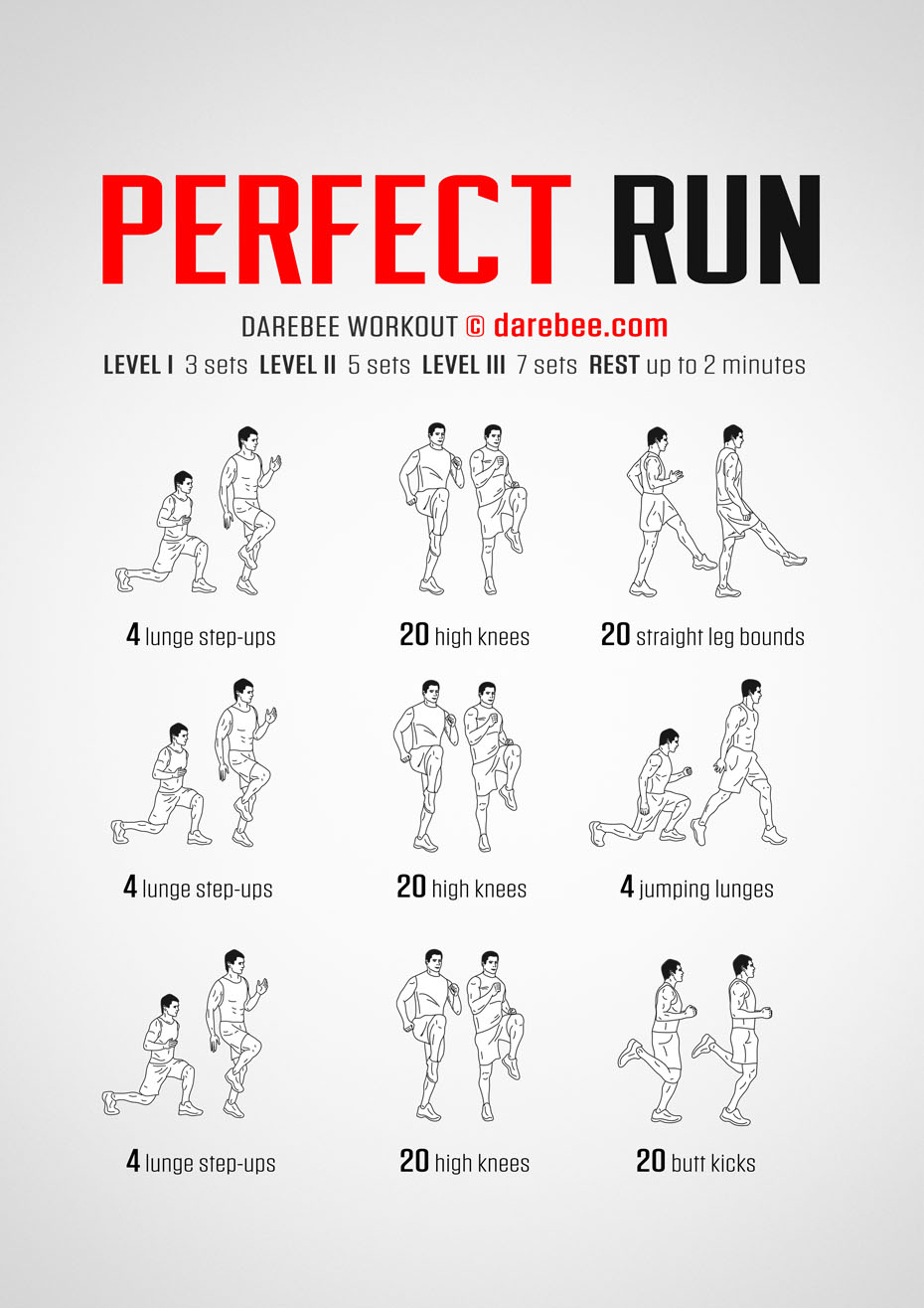Running Workout Tips: Improve Your Performance Today
Running Workout Tips: Improve Your Performance Today
Blog Article
Taking Care Of Common Running Pains: Reasons, Solutions, and Prevention
As runners, we frequently encounter numerous discomforts that can prevent our performance and enjoyment of this physical activity. By exploring the root factors for these running discomforts, we can uncover targeted services and preventative actions to make certain a smoother and extra satisfying running experience.
Common Running Pain: Shin Splints
Shin splints, a typical running pain, commonly result from overuse or incorrect shoes throughout physical activity. This problem, clinically known as median tibial stress disorder, materializes as discomfort along the inner edge of the shinbone (shin) and is prevalent among professional athletes and joggers. The recurring stress on the shinbone and the cells connecting the muscle mass to the bone results in inflammation and pain. Joggers who rapidly boost the intensity or duration of their exercises, or those who have level feet or incorrect running methods, are specifically prone to shin splints.
To avoid shin splints, people need to gradually raise the strength of their workouts, use appropriate shoes with appropriate arch assistance, and maintain adaptability and stamina in the muscles surrounding the shin (running strategy). In addition, incorporating low-impact tasks like swimming or cycling can assist preserve cardiovascular physical fitness while allowing the shins to recover.
Usual Running Discomfort: IT Band Disorder
Along with shin splints, one more widespread running discomfort that professional athletes often come across is IT Band Disorder, a condition triggered by swelling of the iliotibial band that leaves the outer upper leg and knee. IT Band Disorder commonly shows up as pain on the exterior of the knee, particularly during activities like running or cycling. The iliotibial band is a thick band of fascia that connects the aware of the shin, and when it becomes inflamed or limited, it can scrub against the upper leg bone, bring about discomfort and pain.
Joggers experiencing IT Band Disorder may see a painful or aching sensation on the external knee, which can aggravate with ongoing activity. Elements such as overuse, muscle imbalances, incorrect running kind, or inadequate warm-up can add to the advancement of this problem.
Usual Running Discomfort: Plantar Fasciitis

Plantar Fasciitis can be credited to various factors such as overtraining, incorrect footwear, working on difficult surface areas, or having high arcs or flat feet. To stop and minimize Plantar Fasciitis, runners can incorporate extending exercises for the calves and plantar fascia, put on helpful footwear, preserve a healthy and balanced weight to decrease pressure on the feet, and slowly enhance running intensity to stay clear of abrupt tension on the plantar fascia. If signs continue, it is suggested to get in touch with a health care specialist for correct medical diagnosis and therapy alternatives to attend to the condition successfully.
Usual Running Discomfort: Jogger's Knee
After addressing the obstacles of Plantar Fasciitis, one more widespread concern that joggers typically deal with is Jogger's Knee, a typical running pain that can hinder sports performance and create pain throughout physical activity. Jogger's Knee, additionally referred to as patellofemoral pain disorder, shows up as pain around or behind the kneecap. This problem is commonly credited to overuse, muscle discrepancies, improper running methods, or issues with the alignment of the kneecap. Runners experiencing this discomfort may really feel a plain, aching pain while running, rising or down stairways, or after extended periods of resting. To avoid Jogger's Knee, it is crucial to incorporate correct workout and cool-down regimens, preserve solid and well balanced leg muscles, wear ideal shoes, and progressively increase running intensity. If signs and symptoms linger, inquiring from a health care expert or a sporting activities medication expert is advised to diagnose the underlying cause and develop a tailored treatment strategy to ease the discomfort and stop further problems.
Common Running Pain: Achilles Tendonitis
Frequently affecting runners, Achilles Tendonitis is an agonizing problem that influences the Achilles tendon, causing discomfort and prospective limitations in physical activity. The Achilles ligament is a thick band of tissue that connects the calf muscle mass to the heel bone, critical for activities like running, leaping, and walking - click site. Achilles Tendonitis usually establishes as a result of overuse, incorrect shoes, poor stretching, or abrupt rises in physical activity
Symptoms of Achilles Tendonitis consist of pain and stiffness along the tendon, specifically in the morning or after periods of lack of exercise, swelling that intensifies with task, and perhaps bone spurs in chronic situations. To avoid Achilles Tendonitis, it is vital to stretch effectively before useful reference and after running, put on appropriate shoes with correct assistance, slowly raise the intensity of exercise, and cross-train to decrease repeated tension on the ligament. Therapy may involve rest, ice, compression, altitude (RICE protocol), physical treatment, orthotics, and in serious situations, surgery. Early intervention and correct treatment are important for managing Achilles Tendonitis successfully and preventing long-term complications.
Final Thought

Report this page